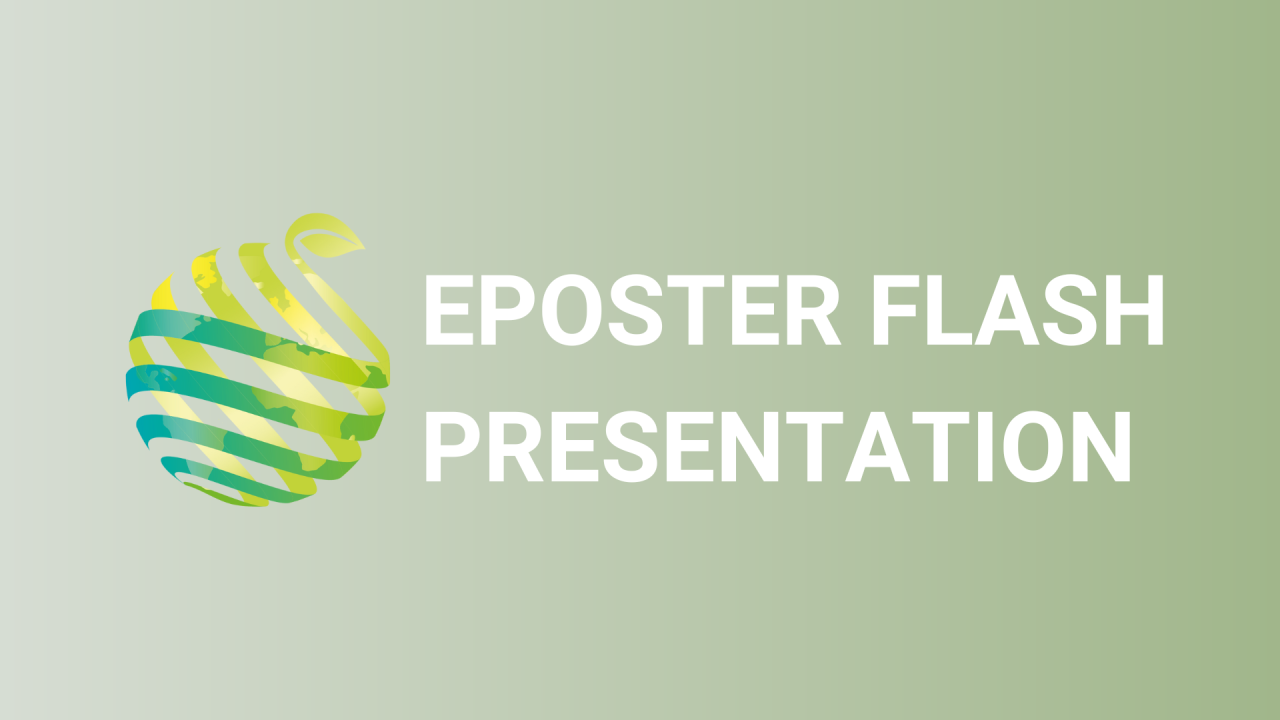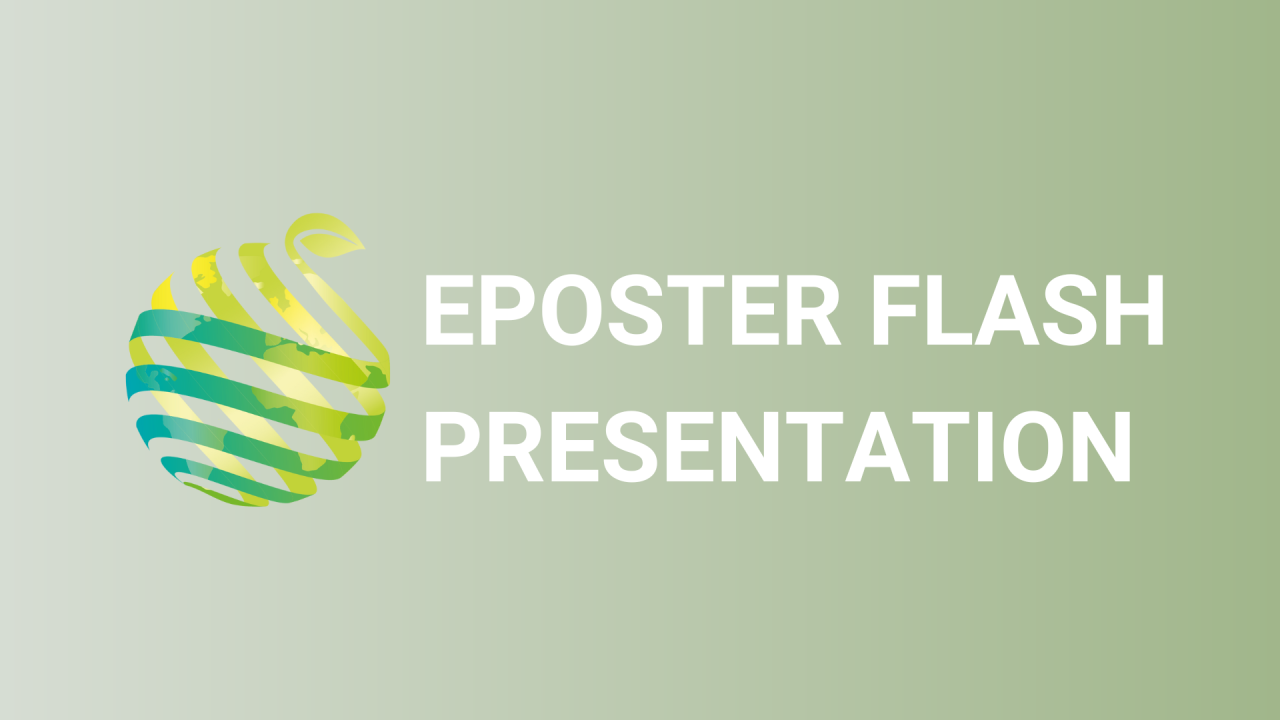

S16 - Session P2 - Evaluation of potential alternatives to hydrogen cyanamide in kiwifruit budbreak: a case study in South Italy
Information
Authors: Egidio Lardo , Alba Mininni *, Yulia Kiryakova, Cipriano Loiudice, Giuseppe Carlucci , Marco Mastroleo, Evangelos Xylogiannis
Climate changes of the last decades are characterized by an increasing of average winter temperatures, causing a lack of chilling hours' accumulation needed for the plant dormancy break. Hydrogen cyanamide (HC) is used in kiwifruit for increasing budbreak and flowering, providing compact bloom and thinning unwanted lateral flowers. Many scientific evidences shown that alternative dormancy breakers are typically less effective than HC, but evaluations change across time, regions and cultivars. HC is dangerous for operators and its use is becoming prohibited in many countries. The aim of the study was to test nine potential chemical rest breaking agents as alternative at the HC. Experimental trial was conducted in two kiwifruit commercial orchards (cv. Hayward and cv. Zesy002) in Southern Italy. The treatments were applied to vines at three dates (early, mid and late) in relation to predicted natural budbreak. This experiment was carried out in 3 replicates using a factorial design (chemical treatment by time of application) with the addition of untreated controls. Treatments was sprayed on entire vines (180 totally). The following parameters have been recorded: cane's length and diameter; timing of budbreak and flowering (5 dates); parameters of yield. Results revealed that for cv. Zesy002, two tested products showed effects close to those of HC, especially on the first treatment date. For all five dates on the germination trend evaluation across the five dates showed that the two products and the HC had significant differences with the control. In terms of side flower thinning, one product showed up to 60% reduction in lateral flower unlike control. For Hayward, one product showed similar results to HC on the first date and a statistically significant difference from control. Further investigations should be carried out to confirm the positive results obtained and to identify possible alternatives to HC in kiwifruit.